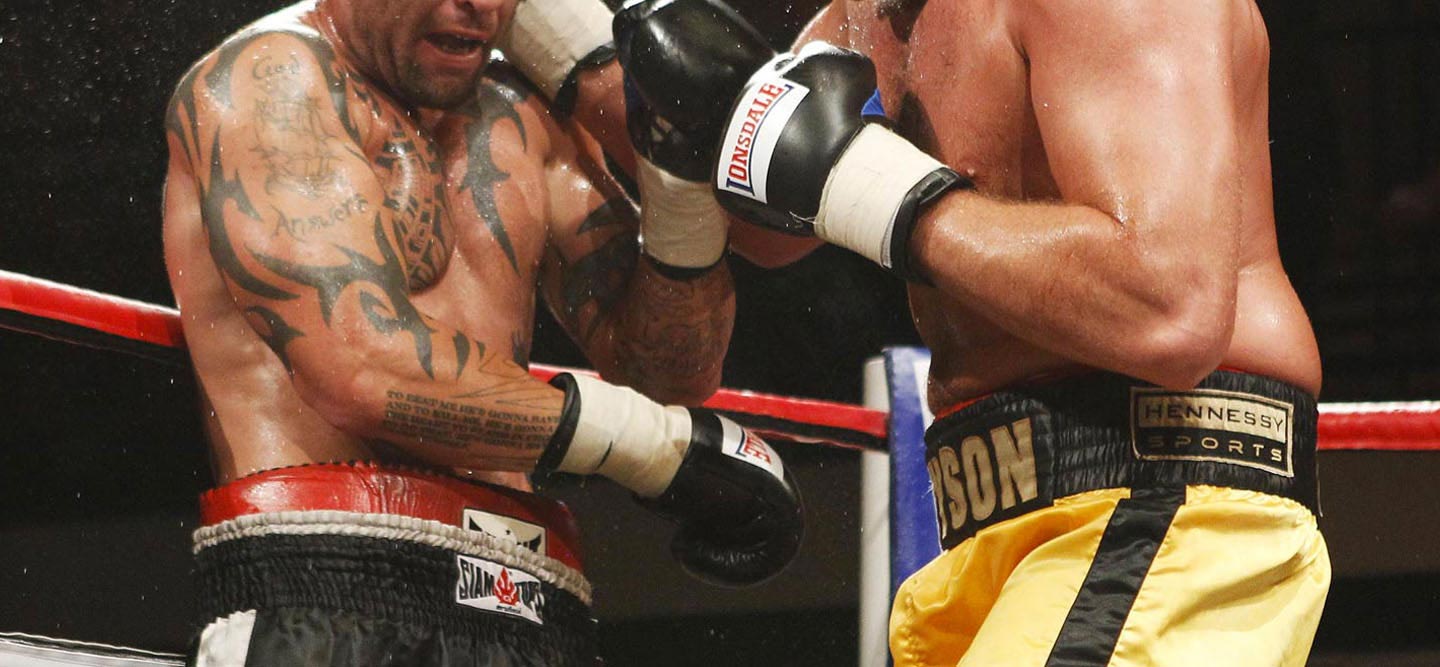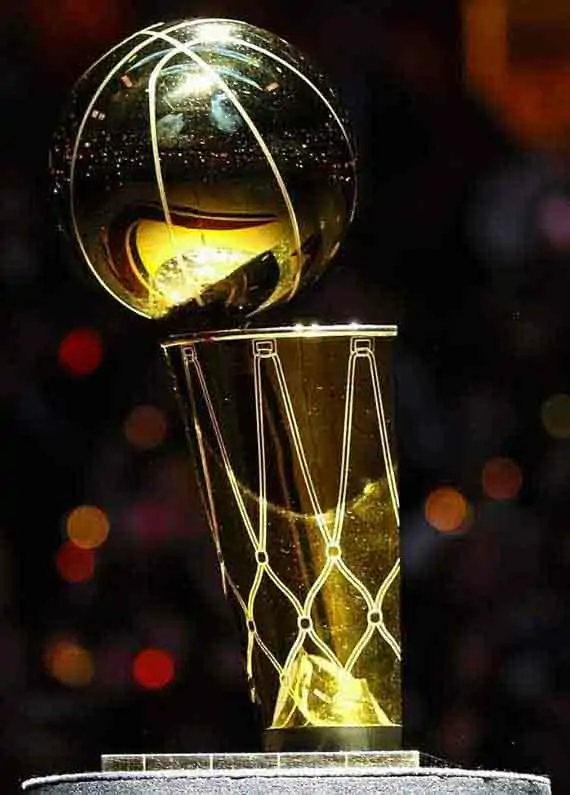How to Bet on Boxing

While it’s not for the faint of heart, boxing is one of the all-time classic sports: two men step in front of each other and simply try to inflict as much damage as possible. Add in the blood, sweat and knockouts, and you can see why something so basic and primal is in fact so popular to watch.
If you’re new to boxing betting, let’s run through the basics of it. From understanding the odds and props, to appreciating a little bit of the strategy, read through our boxing betting guide to get you going.
Understanding Boxing Moneylines
When you look at the boxing betting lines, you’re going to see two fighters posted on the board with odds next to their name. You’ll see something like the following:
Floyd Mayweather Jr. -500
Manny Pacquiao +400
What you want to take note of is whether the odds next to the fighter’s name has a plus sign or a minus sign. If there’s a minus sign, what that denotes is the amount of money you’d have to bet to win $100. In this case, if you bet on Floyd Mayweather Jr., you’d have to bet $500 to win $100. On the other hand, if the odds show a plus sign next to the number, that indicates how much money you’d win if you bet $100. In this case, betting $100 on Manny Pacquiao would return $400 should he win.
One key to remember is that the smaller the number, the bigger the favorite. The bigger the number, the bigger the underdog.
Of course, you can bet as much or as little as you want. The idea here is that by reading the odds you can tell who is favored, who is the underdog and what your payout will be by betting each fighter.
Over-Under
If you’re not sure who is going to win the fight, another option for betting purposes is the over-under. What this allows you to do is bet on whether you think it will be a long or short fight. Let’s use the following example:
Total
Over 8.5 Rounds
Under 8.5 Rounds
With this type of bet, you’re wagering on whether the fight will last beyond 8.5 rounds, which is eight full rounds plus the 1:30 mark of the ninth round, or whether you think the fight will be less than that.
If you believe the two fighters have a lot of power and will simply trade until one can’t take it anymore, under might be the right bet. If you think that both fighters have strong chins and are tough to knock out, you would be on the over with the expectation that this fight goes the distance.
Style Matchups
Style matchups are important to understand in boxing as that is one of the keys to handicapping a fight. While it’s not mixed martial arts, there are still many different styles of boxers. How they go up against others really dictates the type of matchup we can expect to see.
Some of the most common styles are defensive fighters, counter punchers, aggressive fighters, knockout artists, brawlers and technical boxers.
Defensive fighters and counter punchers could include someone like Floyd Mayweather Jr. They are hard to hit, very fast and hard to pin down. As a result, aggressive fighters can get really frustrated with a defensive boxer if they can’t find the range.
A counter puncher is someone who is reactive. Similar to a defensive fighter, they’ll wait for the opponent to be the aggressor and then make a move. Typically, defensive fighters are in fact counter punchers. For the most part, these types of fighters are very entertaining to watch for casual fans.
Aggressive fighters are the ones that fans come out to see as they constantly move forward and look for action. They aren’t boring. They constantly throw in hopes of landing flurries and eventually knocking out their opponent. A knockout artist would be considered an aggressive fighter. However, a fighter with knockout power might not have the stamina to go a full 12 rounds – or might fade in the later rounds – as they’re used to fights ending sooner.
Lastly, a technical fighter is one who wins by earning points and by winning decisions. They throw jabs, combinations and stay out of trouble themselves. That allows them to pick up points and win enough rounds.
Understanding Weight Classes
There are a number of different weight classes in boxing and that’s important to note because the styles of fights are very different. When you have two Flyweights in the ring (112-pound fighters), then you’re going to see a lot of speed and minimal power. These fighters are fast and quick, but often don’t have a lot of pop in their punches. That’s why their fights will tend to go the distance. On the other hand, if it’s two heavyweights colliding (200 pounds and up), then you’re going to see more knockouts. When the boxers have that much weight and muscle behind their punches, it might only take one or two direct shots to knock someone out.
Overestimating Championship Belts
One of the unusual things about the sport of boxing is that there are a number of commissions. In short, what that results in is multiple champions of the same weight class. For example, there’s the World Boxing Council (WBC), World Boxing Association (WBA), World Boxing Organization (WBO) and International Boxing Federation (IBF), to name a few. So the WBC Heavyweight Champion could be Deontay Wilder while the IBF Heavyweight Champion is Anthony Joshua.
As you can see, there are going to be champions in every weight class for every association, which makes it tougher to follow. And some belts are more attractive than others.
The bottom line is don’t overestimate when you hear the word ‘champion’. Sometimes, a title holder might be worth his salt. Other times, it just might mean nobody wanted that belt. The best fighters are the ones who are the unified champions and hold multiple belts in their weight class.
Boxing Props
Typically, you won’t see a ton of props for boxing fights. However, one prop that is commonly posted on the board for each fight is how it will end. That gives you the opportunity to predict how the fight will conclude and earn yourself a bigger payday if you’re correct.
Knockout
One of the most exciting moments in sports is a boxing knockout. It’s what many enthusiasts hope to see when they watch a fight. If you think one fighter will obliterate their opponent, you can predict a knockout as the outcome. This tends to be a popular bet when it comes to certain types of fighters. For example, many bettors used to love predicting a Mike Tyson knockout win.
Decision
If you’re betting on ‘decision’ as your result, that means that you believe that the fight will go the distance. While knockouts are considered an early stoppage, a decision is the result of the fight going the distance. There are 12 three-minute rounds. If the fighters make it through all 36 minutes of boxing without an early stoppage, the judges then reveal their scorecards and announce who they feel won the fight. A fight can end as a unanimous decision, a split decision, a majority decision or a draw.
Disqualification
Although quite rare, we have seen some times where a fight can end in a disqualification. This is if one of the fighters does something that would be considered illegal in the ring. For example, if they didn’t put enough tape on their hands underneath their gloves. Another possibility is shots below the belt or to the back of the head.
Predicting Round of Knockout
From time to time, you will see a prop that lets you wager on exactly in which round there will be a knockout. Many times, boxers like to trash talk and boast that they’ll knock out a fighter in an early round. That raises the stakes for bettors to wager on that prediction too. You can earn yourself a big payday if you are correct but obviously you have a small window of opportunity for it to happen.
Futures
Futures are a type of bet where the result will be determined further down the road. Think of betting on a Super Bowl or Stanley Cup winner before the season has started. In boxing, we don’t often see a ton of futures, but from time to time you will see an early line set up on a match. Let’s say we’re expecting Floyd Mayweather Jr. to fight an opponent. While they’re already discussing the fight and trash talking on Twitter, the oddsmakers might decide to put up a prospective line. That gives you a chance to bet early before the fight is officially announced. If the fight doesn’t happen, then you get your money back. If it does, then you’ve had the opportunity to bet the line and take advantage of some value before everyone else has come piling in.



